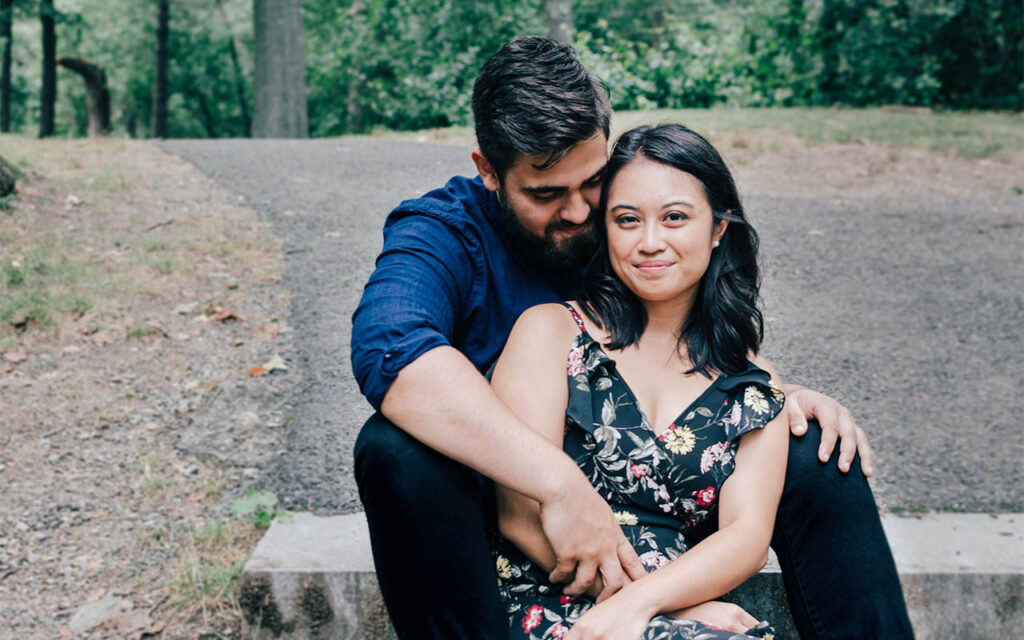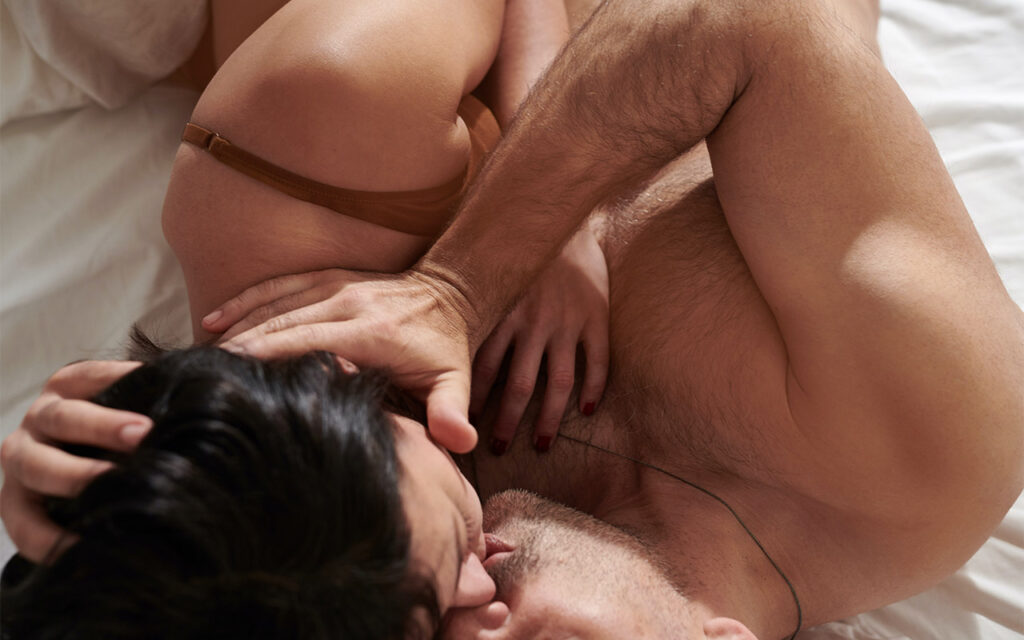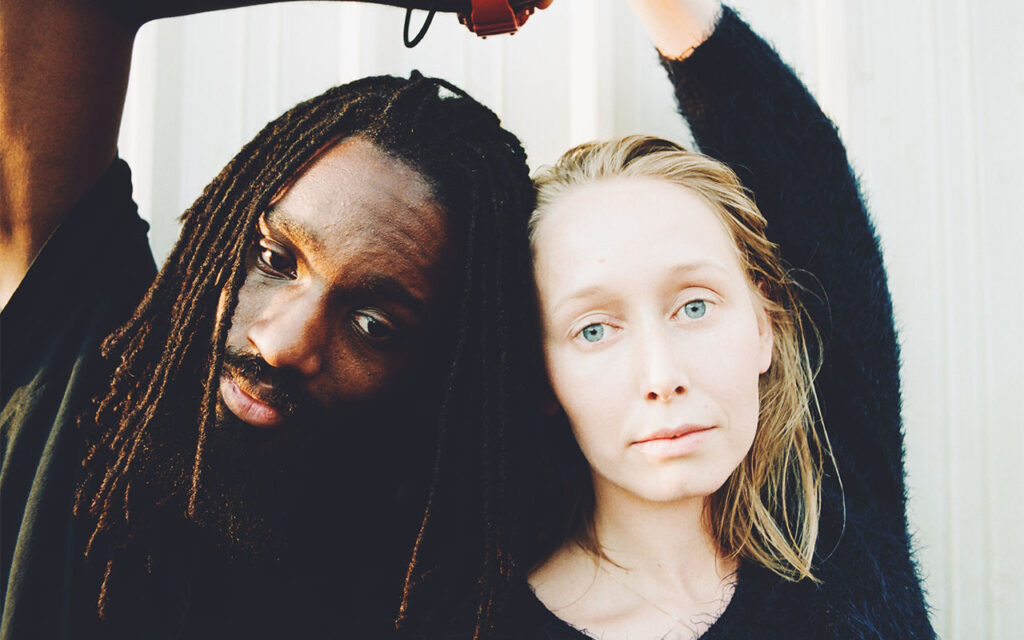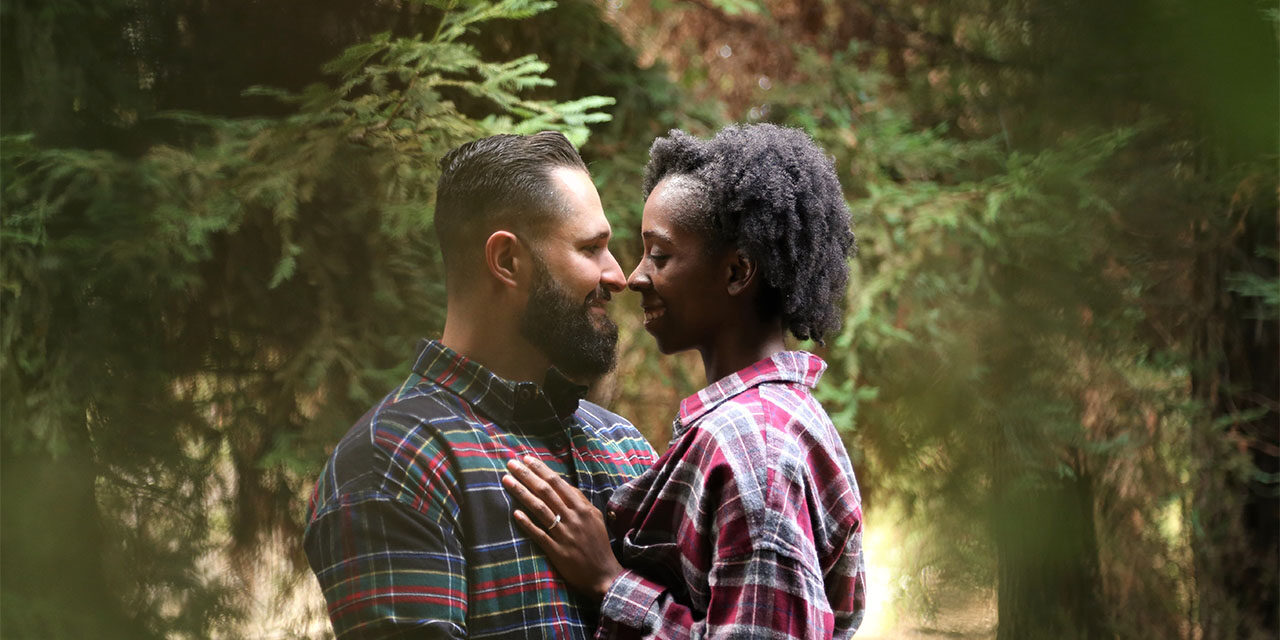Addressing racial preferences in dating for a more inclusive and understanding dating culture (Photo: Jose Escobar @Unsplash)
Imagine this scenario: you’re dating someone, and things seem great, but then you start noticing a pattern – all his exes or crushes belong to a specific race. It leaves you with mixed emotions, wondering if you’re fulfilling a racial stereotype or if your partner genuinely appreciates you for who you are.
Back in the ’90s, growing up in a North American city was a thrilling experience. The urban lifestyle was a melting pot of cultures and perspectives, encouraging exploration and diversity. People were breaking free from traditional norms, and dating outside one’s race was becoming increasingly common. Love was transcending boundaries, and it seemed like we were making progress.
However, alongside this celebration of inclusivity, there was a darker side that we tended to overlook – casual racism.
Despite being open to interracial dating, many still carried unconscious racial biases and stereotypes that influenced their dating preferences.

(Photo: Kelly Sikkema @Unsplash)
Imagine a casual conversation about someone’s love interest, and when you mention their race, you receive a raised eyebrow or a curious look. It’s as if their racial background somehow holds some mystique or significance. These reactions inadvertently reinforce harmful stereotypes and reduce a person’s worth to their race.
Racial preferences in dating aren’t limited to Asian girls or any specific ethnicity; they span various racial and cultural backgrounds. Women of all colors have faced situations where they feel they’re merely fulfilling someone’s preconceived notion of an ideal partner based solely on their race. It’s disheartening to be reduced to a mere racial preference rather than appreciated for the multi-dimensional individuals we all are.
Addressing this issue requires honest conversations and a willingness to confront uncomfortable truths. Understanding the roots of racial preferences is vital in breaking down these barriers. Exposure to specific cultural influences or societal conditioning can contribute to these biases. By acknowledging these influences, we can begin to challenge and overcome them.

(Photo: WeVibeToys @Unsplash)
It’s essential to recognize that attraction is a complex interplay of personal preferences and experiences, but racial preferences shouldn’t be used to objectify or stereotype individuals. It’s crucial to be self-aware and question the motivations behind our dating choices. Are we genuinely connecting with someone or influenced by societal expectations or stereotypes?
Having open discussions with partners about their dating preferences can be enlightening. Sometimes, people aren’t even aware of the impact of their preferences, and talking about it can foster mutual understanding and empathy. It’s crucial to approach these conversations without judgment, creating a safe space to explore and learn from each other’s perspectives.
While discussing the challenges, it’s equally important to remember the positive aspects of the ’90s and our strides in embracing diversity. We should celebrate when people from different backgrounds come together, creating beautiful relationships based on genuine connections and shared values.

we can build bridges of understanding and break down barriers ( Photo: Alexander Grey @Unsplash)
The media and pop culture play a significant role in shaping our perceptions and preferences. Movies, television shows, and advertisements often perpetuate stereotypes, influencing what we find attractive. As media consumers, we should be critical of the messages being portrayed and strive for more diverse and inclusive representation.
Educating ourselves about different cultures and actively engaging in discussions that challenge stereotypes and prejudices is also essential. As we learn more about each other’s backgrounds, we can build bridges of understanding and break down barriers that lead to casual racism.
Ultimately, addressing racial preferences in dating is about promoting a more inclusive and understanding dating culture. It’s about recognizing that love should transcend boundaries and be founded on genuine connections between individuals.
We can create more meaningful and fulfilling relationships by questioning and breaking free from our conditioned preferences.

(Photo: Kelly Searle @Unsplash)
As we navigate the complexities of modern dating, let’s strive for a world where we are seen for our unique qualities, personalities, and intellect rather than being judged solely based on our race. Let’s create an environment where everyone feels valued and appreciated, regardless of their racial background.
Casual Conversations about Racial Dating Preferences: 5 Top Tips
Learn how to tactfully approach discussions about dating race preferences with these 5 top tips. Foster open conversations and understanding without judgment.
- Choose the Right Moment: A meaningful conversation can make all the difference in the outcome. Finding a comfortable and relaxed setting where both parties feel at ease is crucial to opening a dialogue. It’s essential to avoid sensitive environments or times when emotions are running high, as this can make the conversation heated or unproductive. Waiting for a relaxed moment ensures both parties are ready to listen and communicate effectively. Remember, timing can be everything.
- Keep It Non-Judgmental: Creating a safe space is crucial to productive communication. It’s essential to approach any conversation without criticism or assumptions. By keeping it non-judgmental, you invite honest communication and encourage others to share their thoughts and feelings without fear of criticism. This requires actively listening and avoiding any defensiveness. When people feel heard and valued, they are likelier to be open and honest. Remember, everyone has their unique perspective, experiences, and struggles. We can create an environment that fosters growth, compassion, and understanding by staying non-judgmental.
- Share Personal Experiences: Dating can be a rollercoaster of emotions, especially when navigating racial preferences. However, opening up about personal experiences can make connecting more deeply easier for both parties. As someone who has experienced this firsthand, I know how important it is to have an open and honest conversation about this subject. It can be difficult to talk about, but building a solid foundation and understanding each other’s perspectives is necessary. Sharing your experiences creates a safe and welcoming environment where the other person can feel comfortable opening up. It’s all about creating a space for genuine and authentic connections.
- Ask Curiosity-Based Questions: When it comes to dating, everyone has their own love language, preferences, and reasons for attraction. Instead of prying and assuming, it’s essential to approach the conversation around dating preferences with genuine curiosity. It’s natural to want to understand what factors may influence someone’s attraction to a specific type of person, but it’s equally important to do so in a respectful manner. Seeking to understand their perspective without judgment can create an open, honest, and authentic dialogue about the intricacies of love and relationships. We can better understand ourselves and others by approaching the conversation with a willingness to learn and listen.
- Emphasize Respect and Inclusivity: As humans, we all have individual qualities that make us who we are. While using race to categorize people is natural, we must remember that it only scratches the surface of who that person truly is. To foster a more inclusive approach to dating, we must value and appreciate people for their unique qualities beyond their race. Doing so can create more meaningful connections and relationships based on mutual respect and understanding. So let’s start looking beyond just skin color and appreciate the diverse qualities that make each person unique.
Remember, these tips will help you have a casual and constructive conversation about racial dating preferences, promoting empathy and understanding in relationships.
So, have you ever encountered a situation where you noticed someone had a specific racial preference in dating? How did you handle it? Or you’ve realized you had a particular taste yourself. Share your thoughts and experiences in the comments below. Let’s continue the dialogue and create a more understanding and inclusive dating landscape.

